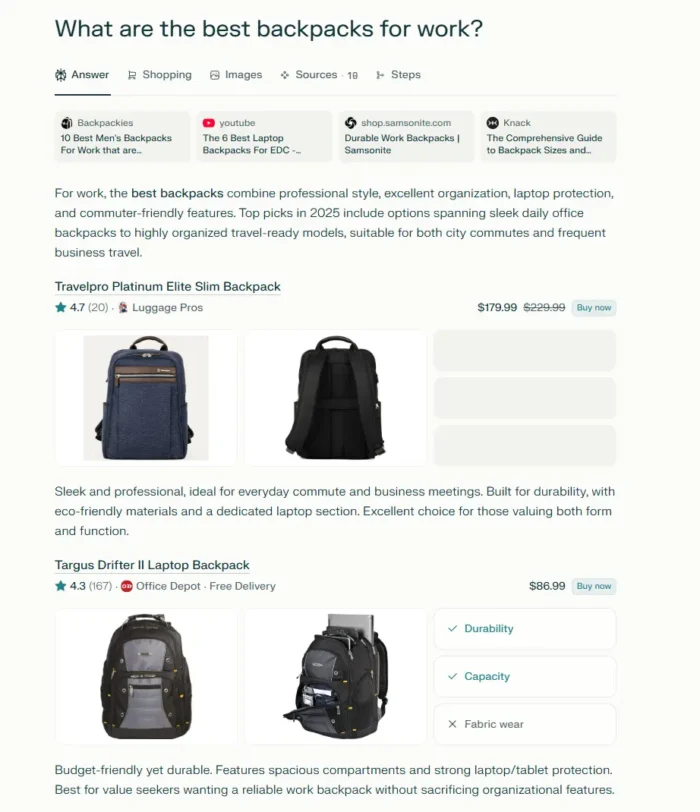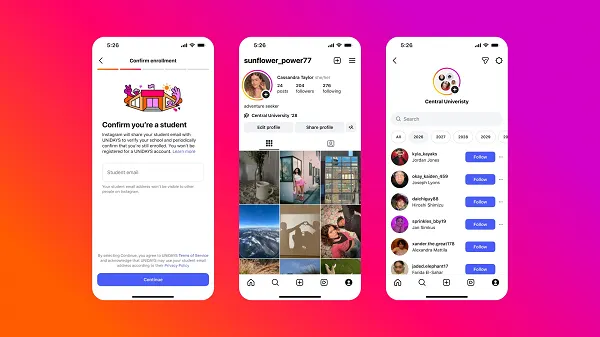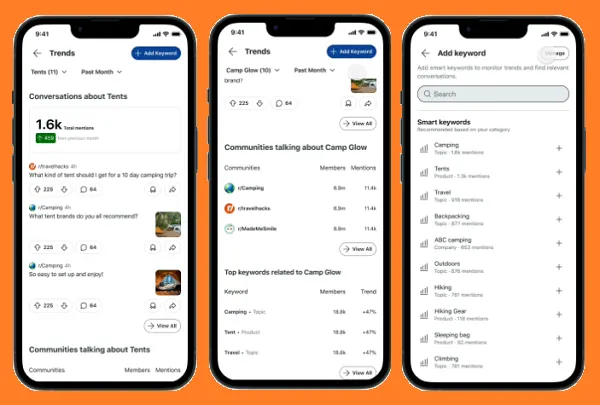DoorDash touts its economic impact with major new campaign
With new ads and an economic impact report, delivery app DoorDash is making the case for why it is good for the neighborhood.

Food delivery apps have a complicated relationship with the restaurants they serve and the cities they operate in. While the apps funnel traffic—and revenue—to small businesses, some mom-and-pop eateries have complained about steep commissions, and in some cases have gotten support from cities that have taken on the apps with lawsuits and regulations.
Now the nation’s largest food delivery app, DoorDash, is putting a positive spin on what it does for local communities with a major new campaign called “A Neighborhood of Good in Every Order.” The effort, from The Martin Agency, includes a series of 15-second ads conveying the economic trickle-down effect of every single order placed on the platform, including supporting jobs for delivery “Dashers” as well as sales for local merchants. “Who knew heartbreak could be so good for business,” declares one ad, showing a retailer packing a bag of tissues, chocolate and wine destined for delivery to a victim of a breakup.
A Halloween-themed ad shows “the man behind the candy curtain”—an employee at a store stocking candy bars from a store that benefits from the delivery order.
The campaign will be supported with media buys on TV, digital media and out-of-home. It marks a pivot for DoorDash, which has mostly focused its marketing on the food and other products it delivers. While it has promoted local “neighborhoods” in the past—including with a 2021 Super Bowl ad starring Daveed Diggs and “Sesame Street” characters—the new effort takes a much broader view of its deliveries by putting them at the center of an economic ecosystem.
“Most of our campaigns to date have been primarily in service of driving new customers, driving volume, and we’ve known since the early days that we have a bigger story to tell—and the question has always been how do we do both: How do we drive business outcomes, but truly start to tell the story to tell of DoorDash and the impact it can have in communities,” said David Bornoff, DoorDash’s senior director, head of brand marketing. “What we are really trying to do is communicate that there is a lot more behind an order and an order truly kicks off a butterfly effect in the neighborhood … It empowers a Dasher to earn and it empowers a merchant to drive more sales through their store.”
“This is a new way of communicating what we stand for and how we view ourselves,” Bornoff added, noting the approach is “going to take over most of our marketing.”
Economic impact report
DoorDash is buttressing the campaign with the publication of a new economic impact report packed full of stats that portray its positive impact. The study asserts that DoorDash in 2021 “provided value and economic opportunity to 6.8 million people and supported $68.9 billion in U.S. GDP.” It also states that more than 500,000 merchants were active on the DoorDash platform in the U.S. as of the end of 2021 and DoorDash drove more than $25 billion in sales for them.
DoorDash commissioned forecasting and analytics firm Oxford Economics to conduct the study, which was assembled via economic impact modeling and surveying performed by Quadrant Strategies.
The report will mostly be communicated via PR efforts, but Bornoff noted that some outdoor advertising will make use of it. Outdoor ads are planned in Chicago, Dallas, Los Angeles, Miami, New York and San Francisco.
The economic impact report represents that “the proof is in the pudding” Bornoff said, suggesting the people will want the company to “show us the receipts” behind the ads—“and the EIR allows us to do that.”
Chicago is among the cities that have tussled with DoorDash over its fee structure and business practices. In a lawsuit filed in 2021, the city accused DoorDash and rival Grubhub of enacting “misleading fees,” while also offering “deliveries from restaurants without their consent.” In a press release issued at the time, Chicago Mayor Lori Lightfoot alleged the practices amounted to taking “advantage of restaurants and consumers who were struggling to stay afloat,” Crain’s Chicago Business reported.
In a blog post last year, DoorDash called the suit “without merit and a waste of taxpayer resources.” The case remains pending in federal court after a judge earlier this year denied a move by DoorDash to dismiss it.
Other disputes surround the commissions that delivery app charges restaurants for orders. San Francisco during the pandemic enacted a cap on the fees of 15%, prompting a lawsuit by Grubhub and DoorDash.
But the parties have reached a tentative settlement with initial passage by the San Francisco Board of Supervisors that keeps the 15% cap in place but allows the apps to charge more for additional services, such as marketing and promotional activities, according to a July 27 report in Nation’s Restaurant News. DoorDash already offers a tiered-pricing structure, announced in April 2021, that begins with basic service for a 15% fee up to a premium package at 30% that includes “DashPass,” which allows for “high-value customers [to] see your business first and pay lower fees when they order from you,” according to a description on its website.
Main Street Strong
The new campaign is not a response to the regulatory and legal battles, a DoorDash representative said, adding that it is “about highlighting the impact that DoorDash has while also ensuring consumers are aware of the way their orders power economic opportunity for small businesses and Dashers.”
DoorDash representatives also pointed to philanthropic efforts such as its five-year, $200 million Main Street Strong Pledge announced in 2020 during the early days of the pandemic to support merchants, Dashers and local communities. Efforts included a restaurant-appreciation campaign called "#OpenForDelivery."
Gianluca Pesce is director of marketing and communication at Chicago-area restaurant chain Yolk, which uses DoorDash's services. “I understand why a lot of communities or business may push back on those fees, however speaking for Yolk … those fees that we pay, we view them as we are paying for a service, just like I pay someone to come fix our stove,” he said in an interview. Pesce—who was referred to Ad Age by a DoorDash representative—added that “we don’t have the infrastructure or manpower to deploy drivers in one of America’s largest cities.”
Yolk, which operates nine restaurants in the Chicago area, as well as outlets in Indiana, Texas and Florida, has seen its delivery business jump 29% in the past 12 months, according to Pesce. Delivery accounts for 18% to 30% of its business, he said, with DoorDash accounting for between 40% to 50% of that, he said.
“For restaurants, it became necessary to utilize these platforms and I think today as a result, the restaurant industry and the third-party delivery platforms have formed this symbiotic relationship. We need them and they need us.”
Nikhil Devnani, a Wall Street analyst who follows DoorDash for Bernstein, in an email interview said, “While commission rates may be high in instances, it can still make financial sense for a restaurant to participate because the order is incremental to the dine-in business, which is ultimately what matters. The number of active drivers and merchants on delivery platforms like DoorDash and Uber Eats continue to grow as well.”
DoorDash for the quarter ended June 30 reported a 30% surge in year-over-year revenue to $1.6 billion, as total orders grew 23% to 426 million.
Below, two more ads from the new campaign.

 AbJimroe
AbJimroe 































